Knowing and Using Your Health Insurance Following an Injury
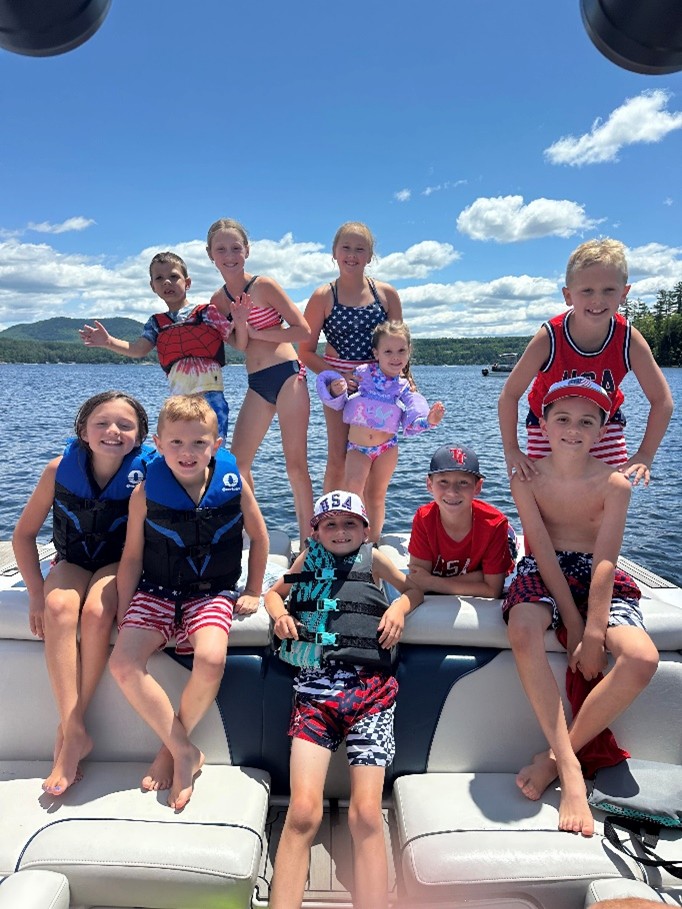
Picture this.
It’s a beautiful holiday weekend spent at the lake with family and friends. Boats are docked in the bay. The kids are playing and laughing with delight.
Until one wasn’t.
My 10-year-old daughter, Mila, jumped off the back of the boat just like she’d done dozens of times that weekend. Only this time, she came up with a blood-curdling scream and pain you could feel in her eyes.
Her ankle swelled immediately which we iced as she continued to cry. Then came the realization that she could not bear weight on her ankle, and I knew we had to get her examined.
We woke up early and headed to The Bone & Joint Orthopedic Urgent Care. In less than one hour, Mila was evaluated by an outstanding physician assistant (PA), received x-rays, and we got the unfortunate news that not only was her ankle fractured, but it was a grade III Salter-Harris fracture of the distal tibia, impacting her growth plate and requiring a lower leg cast. She would also need a CT scan to determine whether surgery was needed due to bone displacement. This was all a far cry from the high ankle sprain I thought she had sustained, but I was extremely grateful we got her in right away.
We were scheduled for a follow-up one week later. At the checkout, the receptionist informed me that the CT scan would require prior authorization, which the PA had put in as urgent given the location and time-sensitive nature of Mila’s injury.
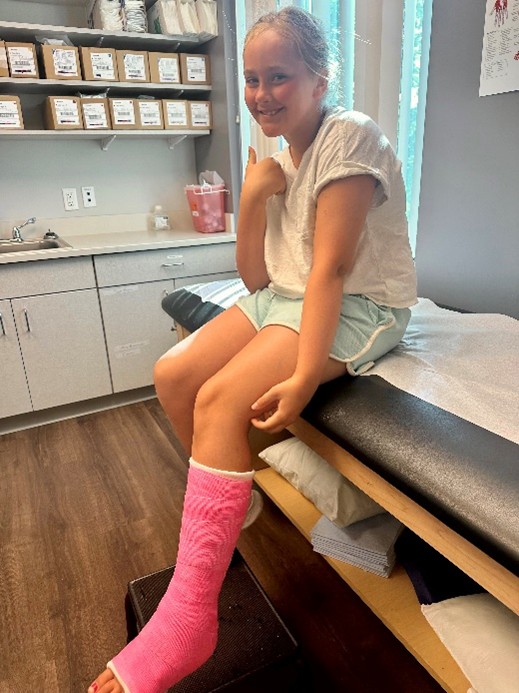
The next day, I received a voicemail saying that Mila’s CT scan prior authorization was approved and it was scheduled for the following day. I learned that a CT scan can be performed through a cast, which is pretty cool! Since the CT scan was completed so quickly, I was able to call the office back to move up Mila’s follow-up from Monday to Friday.
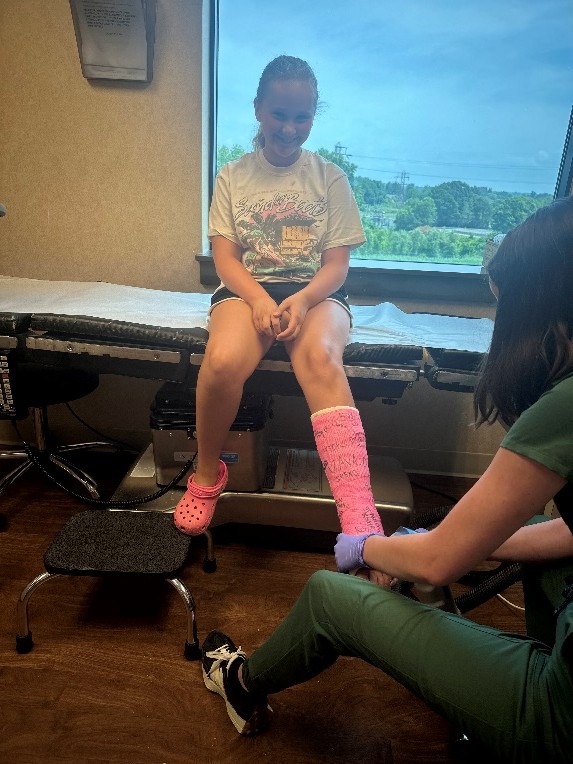
On Friday, we got the good news that Mila’s injury, while serious, did not require surgery. Hooray! However, the downside was it would be a very long recovery period – 4-6 weeks in a cast, 4-6 weeks in a walking boot, and another 4-6 weeks in sneakers, before being fully cleared to return to normal activities in about four months.
Mila was super bummed, so I took it upon myself to start thinking of how I would make this process easier for her (and me!)
I was also considering buying a knee scooter to help Mila get around easier than on crutches. Lo and behold, my wonderful father-in-law had already dropped his off to the house from when he had a previous ankle injury. If I did decide to purchase a knee scooter, it likely would have also been an HSA-qualified expense – just be sure to check that whatever you’ve selected meets the requirements.
Mila’s injury will require office visits every two weeks to check on her healing process. As we are already more than halfway through the year, I suspected that this injury would cause our family to hit our deductible, and I was correct.
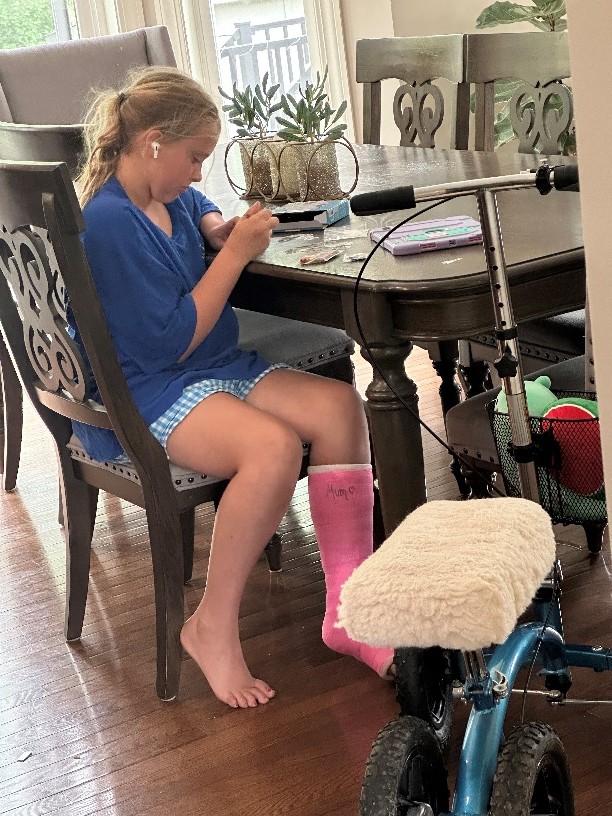
From this point forward, I should see a coinsurance applied to any future medical bills for the remainder of 2025. I will be sure to check my explanation of benefits (EOB) carefully and wait for a final bill from my provider’s office to ensure CDPHP has paid its share of the cost before using my HSA to pay mine.
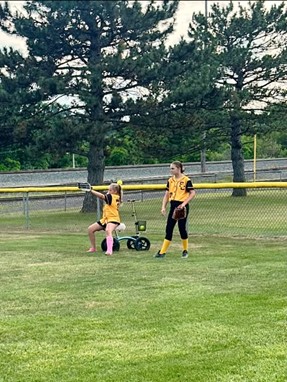
An Explanation of Benefits (EOB) is not a bill but serves to keep you informed of how your care is being covered. It will show how much CDPHP has paid, how much you have paid, and any outstanding amount you may still owe your provider.
Dealing with an injury is never fun, but it’s times like these that familiarizing yourself with your region’s providers and your health plan’s policies really comes in handy.
 The Daily Dose
The Daily Dose
Comments are closed.